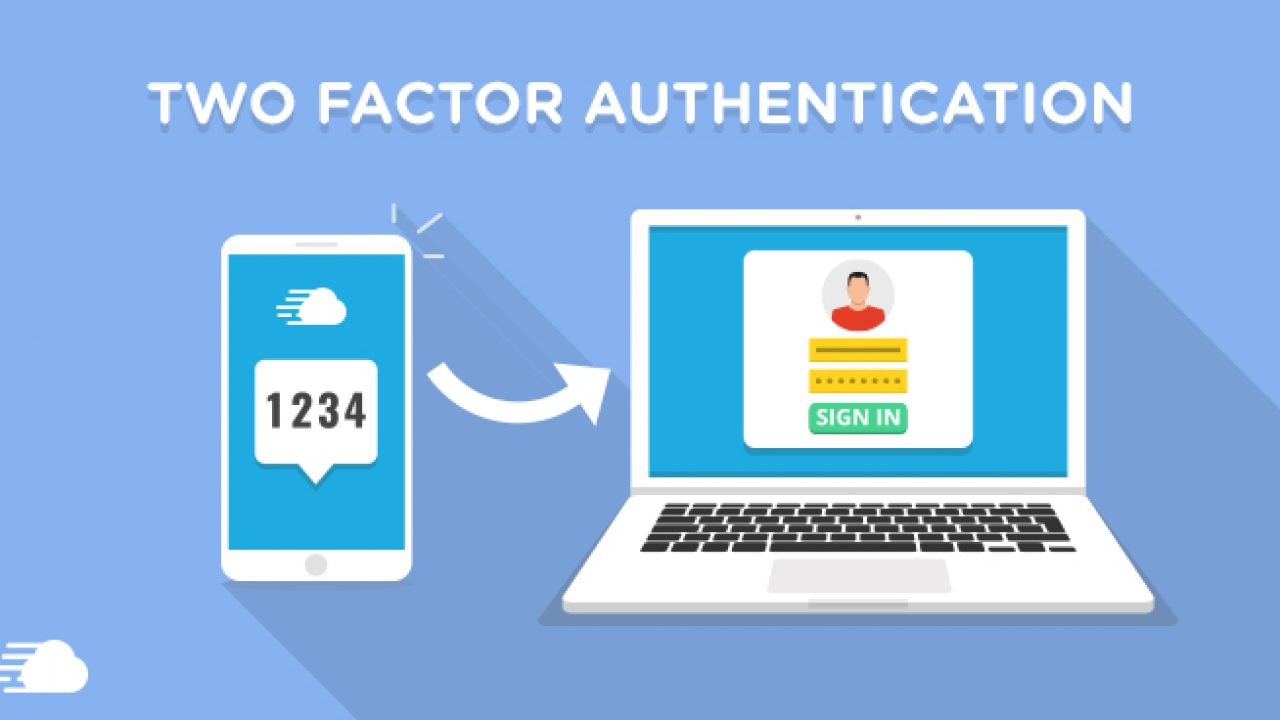Introduction:
In an era of increasing digital threats, protecting our online accounts has become a top priority. Two-Factor Authentication (2FA) has emerged as an effective method for enhancing security by adding an additional layer of verification. However, the question arises: Is 2FA alone enough to safeguard our digital lives? In this blog, we'll explore the benefits of 2FA and discuss additional measures to strengthen your online security.
Understanding Two-Factor Authentication:
Two-Factor Authentication combines two separate elements to verify your identity when logging into an account. Typically, it involves providing something you know (such as a password or PIN) and something you have (such as a mobile device or hardware token). This multi-step verification process makes it significantly harder for unauthorized individuals to access your accounts, even if they obtain your password.
The Benefits of Two-Factor Authentication:
1. Enhanced Security: 2FA adds an extra layer of protection, significantly reducing the risk of unauthorized access. Even if your password is compromised, the second factor acts as a barrier, making it more challenging for attackers to gain entry.
2. Protection Against Phishing: Phishing attacks are a common method used by cybercriminals to trick users into revealing their login credentials. With 2FA, even if you inadvertently provide your password on a fake website, the second factor (such as a unique code sent to your mobile device) prevents the attacker from accessing your account.
3. Customization and Flexibility: Different services offer various 2FA options, including SMS codes, email verification, authenticator apps, or hardware tokens. This allows you to choose the method that suits your preferences and convenience.
Strengthening Your Online Security Beyond 2FA:
While 2FA is a robust security measure, it's essential to consider additional layers of protection to further safeguard your online presence:
1. Strong and Unique Passwords: A strong password is still the first line of defense. Create complex and unique passwords for each account, using a combination of uppercase and lowercase letters, numbers, and special characters. Avoid using easily guessable information such as your name or birthdate.
2. Password Managers: Utilize password management tools to generate and securely store complex passwords. Password managers offer convenience, help you avoid password reuse, and protect against phishing attacks.
3. Regular Software Updates: Keep your devices, operating systems, and applications up to date with the latest security patches. Software updates often include bug fixes and security enhancements that protect against vulnerabilities.
4. Account Recovery Options: Set up account recovery options, such as secondary email addresses or backup phone numbers. This ensures you have a way to regain access to your accounts if necessary.
5. Security Awareness and Education: Stay informed about the latest threats, phishing techniques, and security best practices. Regularly educate yourself and your family members or colleagues to recognize and avoid potential risks.
6. Monitoring and Alerts: Enable notifications and alerts for suspicious activities, such as unrecognized login attempts or changes to account settings. This helps you detect and respond quickly to potential security breaches.
Conclusion:
Two-Factor Authentication is a powerful tool that significantly improves the security of your online accounts. It acts as a vital defense against unauthorized access and protects against various cyber threats. However, it is essential to remember that no security measure is foolproof. Strengthen your online security by combining 2FA with other best practices, such as strong and unique passwords, regular software updates, and staying informed about evolving threats. By adopting a multi-layered approach to online security, you can significantly reduce the risk of falling victim to cyberattacks and protect your digital presence.



